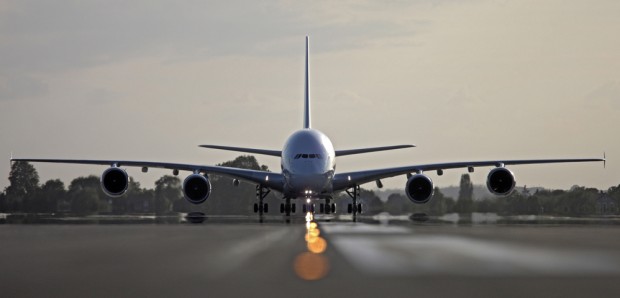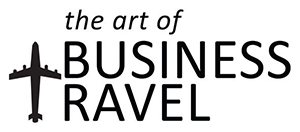
A report released by the International Air Transport Association (IATA) found 2015 to be one of the safest on record for jet travellers, with all recorded fatalities involving propeller aircraft.
According to the report the 2015 global jet accident rate (measured in hull losses per 1 million flights) was 0.32, or the equivalent of one major accident for every 3.1 million flights. Although 2015 fell short of 2014, which had a rate of 0.27, it remains a 30 percent improvement compared to the previous five-year rate (2010-2014) of 0.46 hull loss accidents per million jet flights.
It should be noted that the report does not include the loss of Germanwings 9525, a suspected pilot suicide, and Metrojet 9268, a suspected terrorist attack, in the accident statistics, with IATA classifying each as ‘deliberate acts of unlawful interference’. The 2015 jet hull loss rate for IATA’s 260 member airlines, which comprise 83 percent of global air traffic, was 0.22 or one accident for every 4.5 million flights), which outperformed the global rate by 31 percent.
All four accidents resulting in death in 2015 involved turboprop aircraft, with a total of 136 fatalities. This compares with an average of 17.6 fatal accidents and 504 fatalities per year in the previous five-year period (2010-2014).
“2015 was another year of contrasts when it comes to aviation’s safety performance,” says Tony Tyler, IATA’s director general and CEO. “In terms of the number of fatal accidents, it was an extraordinarily safe year. And the long-term trend data show us that flying is getting even safer.
More than 3.5 billion people flew safely on 37.6 million flights (31.4 million by jet, 6.2 million by turboprop) in 2015. There were 68 accidents (all aircraft types), down from 77 in 2014 and the five-year average of 90 per year, with 6 percent of all accidents were fatal, below the five-year average of 19.6 percent. Including those who lost their lives in Germanwings 9525 and Metrojet 9268, the 2015 fatality figure was 510, compared to 641 fatalities in 2014 and the five-year average of 504.
“We were all shocked and horrified by two deliberate acts–the destruction of Germanwings 9525 and Metrojet 9268. While there are no easy solutions to the mental health and security issues that were exposed in these tragedies, aviation continues to work to minimize the risk that such events will happen again,” says Tyler.
The world turboprop hull loss rate improved to 1.29 hull losses per million flights in 2015 compared to 3.95 in the five years 2010-2014. North Asia had the worst performance (25.19 compared to 5.90), reflecting two regional hull losses, one of which was fatal. Owing to the relatively few turboprop operations in North Asia—approximately 80,000 flights in 2015 out of a world total of 6.2 million–the statistical relevance of a small number of accidents is magnified. www.iata.org





